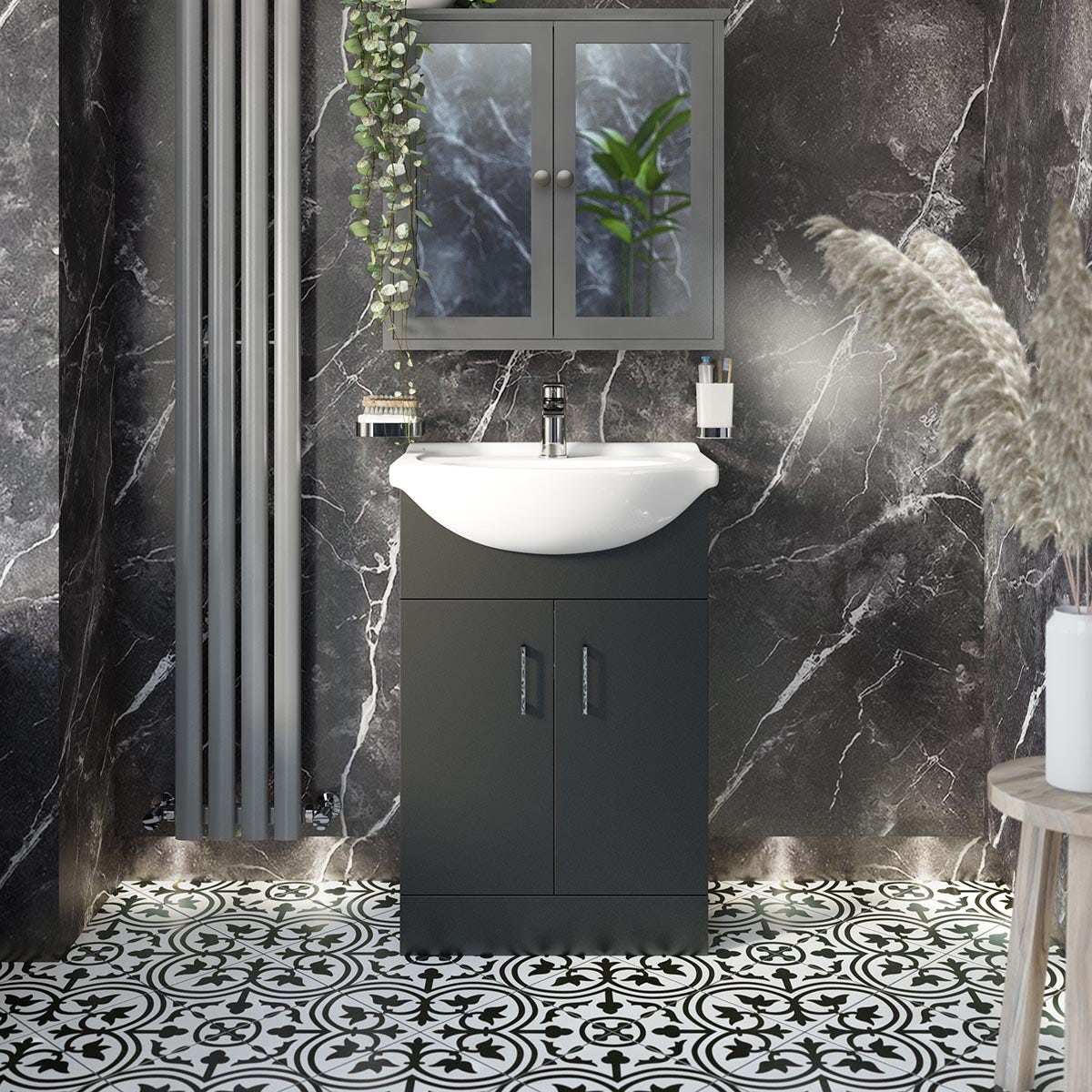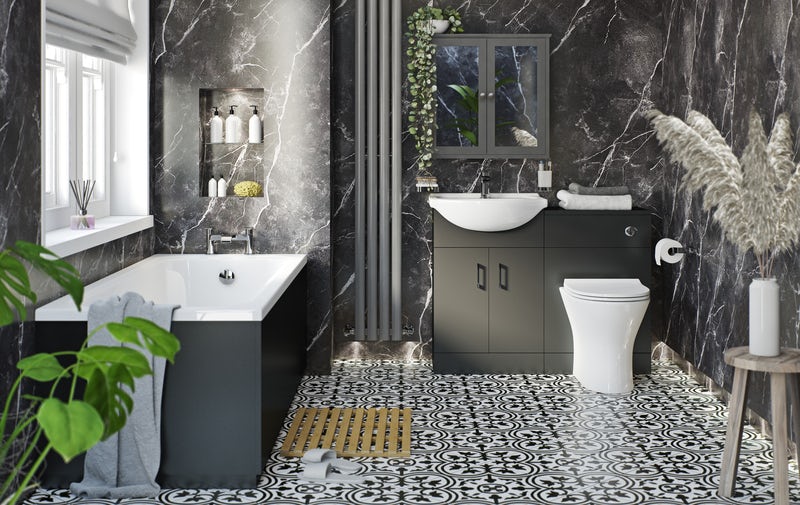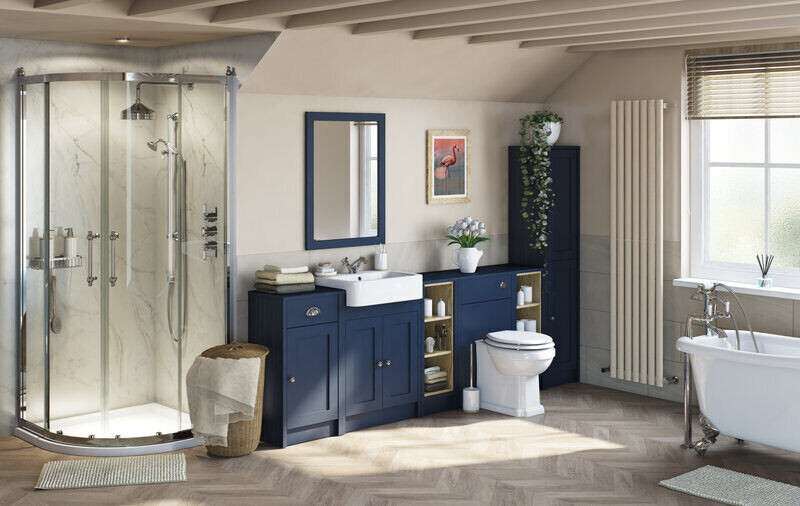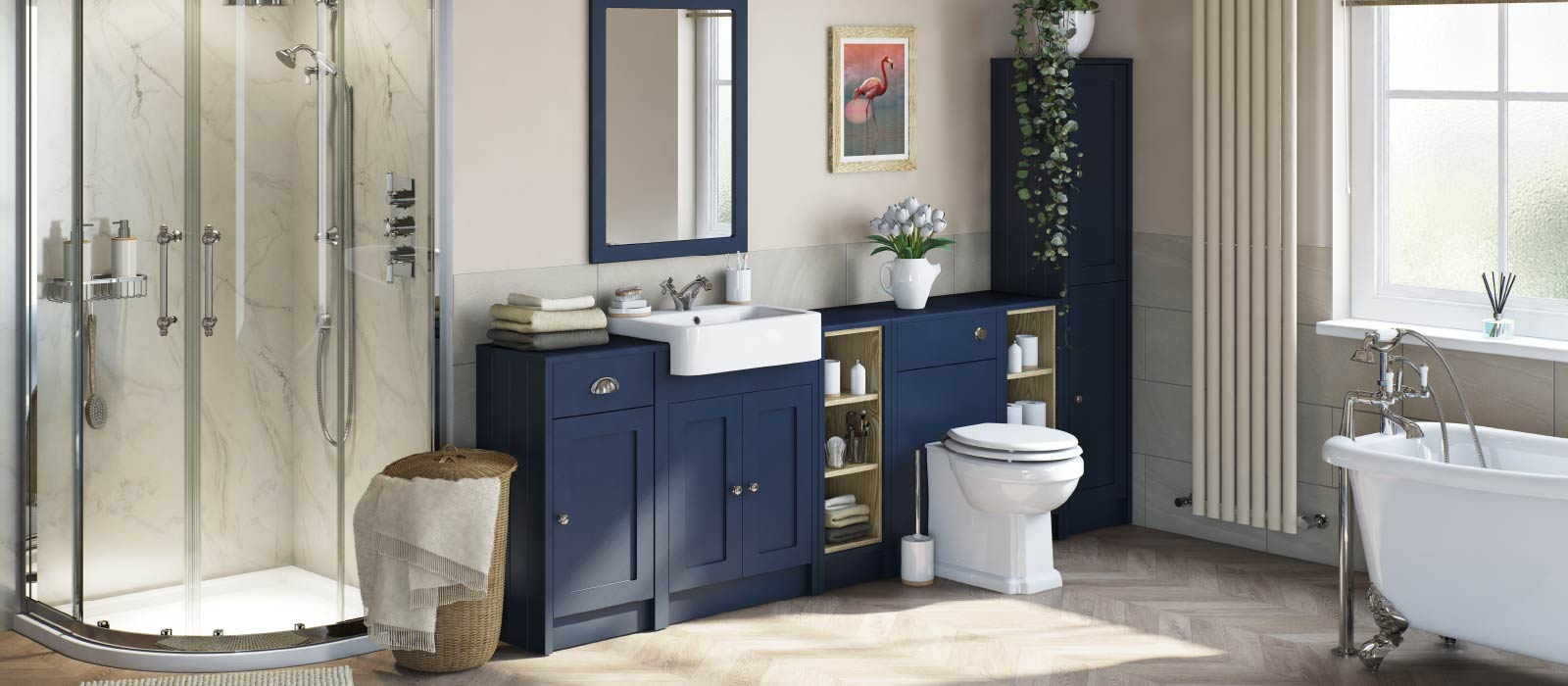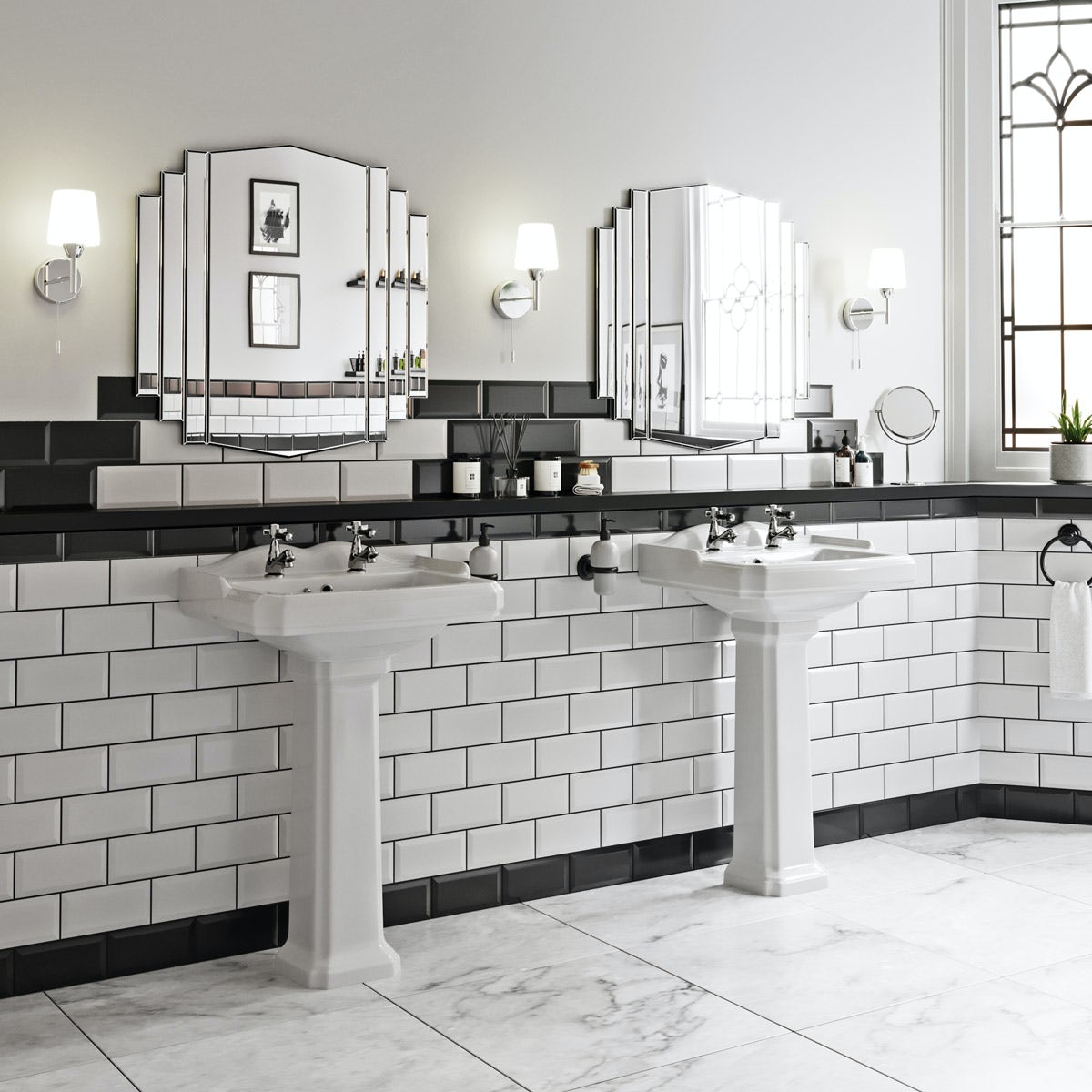When it comes to upgrading your bathroom, few elements can transform its look and functionality quite like a vanity unit. Whether you’re aiming for a traditional, timeless appeal or a sleek, contemporary design, choosing the right vanity unit is essential. From considerations like style, size, and plumbing to the practical aspects of wall strength and pipework, this article delves into the crucial factors you should keep in mind when embarking on the journey to find the perfect vanity unit for your bathroom. So, let’s explore the key aspects that will guide you towards making an informed and stylish choice that complements your bathroom’s aesthetics and serves your practical needs.
1. Vanity Style
The choice of vanity style for your bathroom is a matter of personal taste and creativity. Your decision should align with the desired décor for your bathroom, be it traditional or modern. The options are extensive, including small, large, wall-mounted, freestanding, corner, double sink, tallboy, and various colour schemes such as white, grey, or combination basin and toilet units. Select a visual centerpiece that complements your overall home decor. Also, ensure the chosen colour contrasts effectively with your bathroom’s walls and tiles.
2. Vanity Size
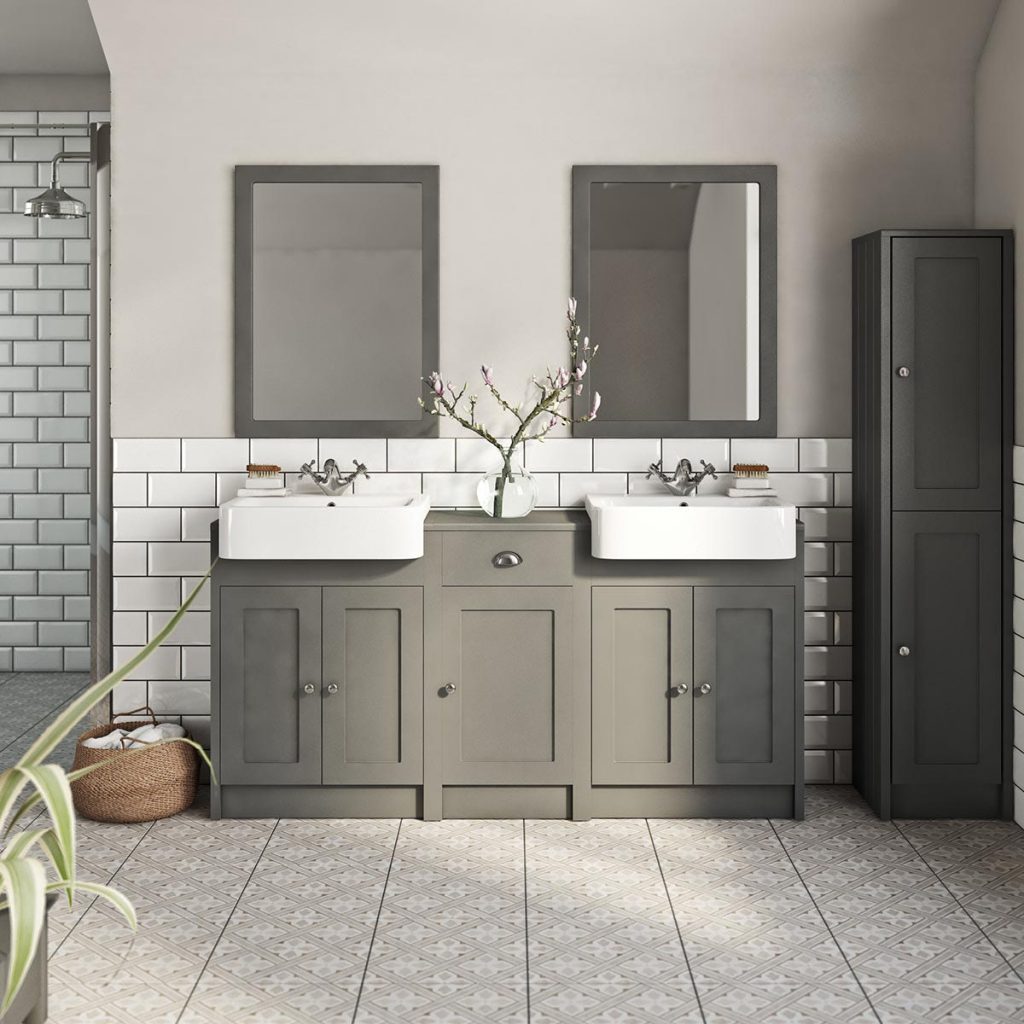
Dimensions are essential when selecting a bathroom vanity unit. The standard height typically falls between 30 to 32 inches (76.2–81.3 cm), while the standard depth ranges from 20 to 21 inches (50.8–53.3 cm). However, the standard width varies considerably, spanning from 24 to 72 inches (61–183 cm). The most critical dimension to consider is the height. If you are over 6 feet tall, a standard vanity may be too short, but it can be ideal for shorter adults and children. Strive to find a vanity unit that offers adequate storage while not being too short for your needs.
3. Wall Strength
Wall strength is crucial, particularly when opting for a wall-mounted vanity sink unit. The wall must bear the entire weight of the vanity unit, making wall strength a significant factor. Carefully assess whether you can secure the vanity unit to strong wall studs for safe and secure installation.
4. Bathroom Size
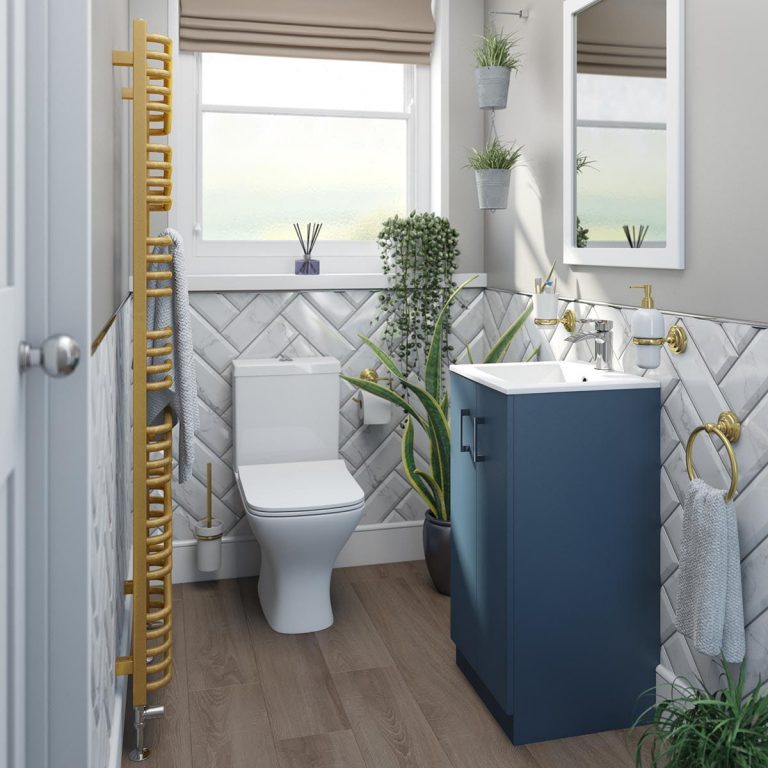
Measure the dimensions of your bathroom to determine the available space accurately. Even in small bathrooms, you can maximize every square inch. Older homes often have limited depth in their bathrooms, making a narrow-depth vanity unit a suitable choice. Newer homes tend to have more spacious bathrooms. Select a vanity that fits comfortably in your available space and does not obstruct door movement when opening and closing.
5. Unsightly Pipework
Unsightly pipework can detract from your bathroom’s aesthetics, but a strategically placed wall-mounted vanity sink unit can conceal such imperfections. Alternatively, you can paint the pipes to match the bathroom walls. Consider replacing old pipes with chrome, copper, or satin-finish pipes, which offer a more appealing appearance. Larger vanity units provide easy access to pipework in case of maintenance.
6. Plumbing
Evaluate your existing plumbing lines; it’s not always necessary to find a vanity sink unit that precisely matches them. Most often, you can adjust the pipes and drainage system to fit the taps and outlets on your new vanity unit. Choose a vanity unit that requires minimal plumbing if you prefer to keep remodel expenses in check.
7. Additional Hardware
Enhance your bathroom’s style with additional hardware elements. Options like brass basin taps, chrome taps, brushed gold taps, and three-hole basin mixer taps can create a statement look. Similarly, brushed gold and chrome finish vanity door and drawer handles offer added design flair.
When shopping for a vanity unit, remember that the choices for bathroom storage are limitless. Whether your preference is for a traditional or modern look, in shades of white or grey, or specific unit types like corner or combination units, you can easily find a vanity unit that perfectly complements your bathroom.

